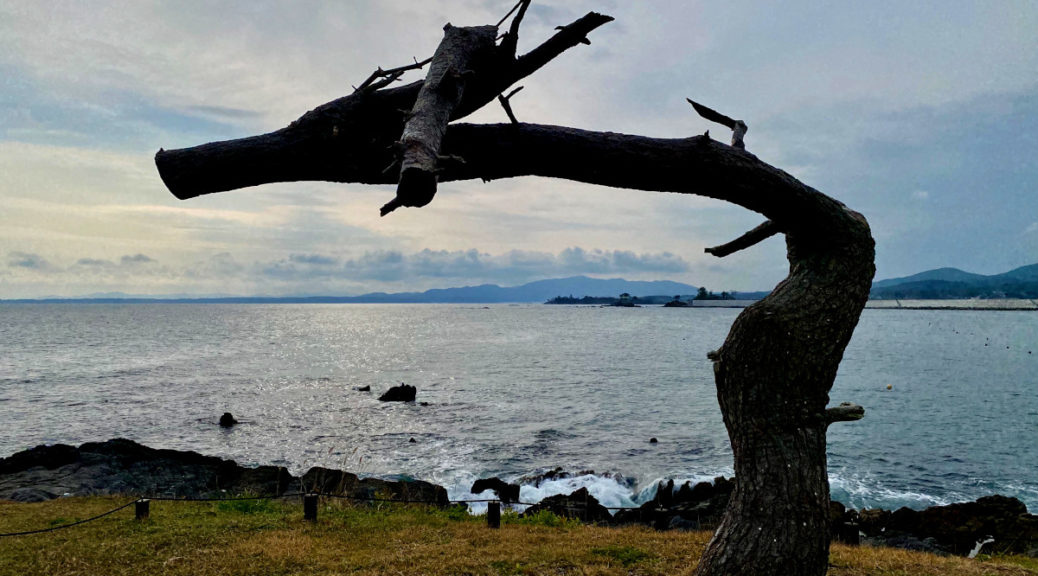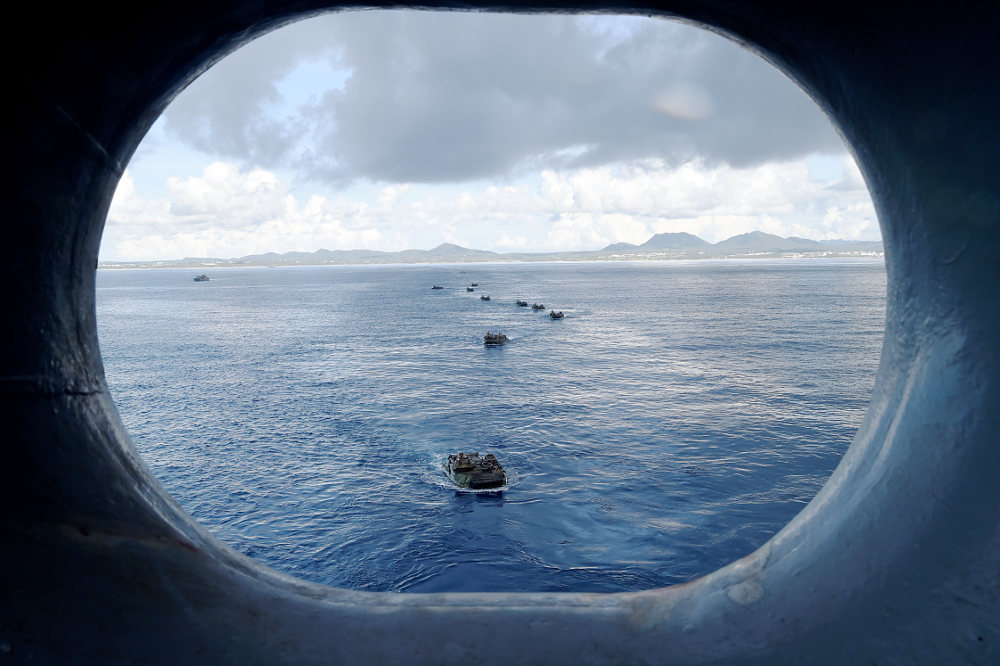I had my first glimpse of the tsunami’s destruction three years ago, when I rode my bike along the northeastern coast of Japan’s main island. Below a snaking seawall was a wide swath of barren fields and muddy marshes. The raw landscape was punctuated by the gutted remains of a five-story residential building. On its side was a red line that marked the highest level reached by the tsunami’s floodwaters: 14.5 meters (48 feet).
 Japan’s 2011 tsunami killed some 20,000 people and left thousands more to dig their way out of the mud. Triggered by one of the most powerful earthquakes recorded in modern times, the overpowering tidal wave devastated the country’s northeastern region of Tōhoku across three prefectures. It also caused the meltdown of the Fukushima Daiichi nuclear reactor, prompting the evacuation of hundreds of thousands of residents. Most of the deaths and damage occurred along the Sanriku Coast just to the north. When I first visited Rikuzentakata, one of Sanriku’s hardest-hit cities, I was shocked by how visible the scars still were.
Japan’s 2011 tsunami killed some 20,000 people and left thousands more to dig their way out of the mud. Triggered by one of the most powerful earthquakes recorded in modern times, the overpowering tidal wave devastated the country’s northeastern region of Tōhoku across three prefectures. It also caused the meltdown of the Fukushima Daiichi nuclear reactor, prompting the evacuation of hundreds of thousands of residents. Most of the deaths and damage occurred along the Sanriku Coast just to the north. When I first visited Rikuzentakata, one of Sanriku’s hardest-hit cities, I was shocked by how visible the scars still were.
At the end of last year, I returned to Rikuzentakata for the Tour de Sanriku, a bicycle ride along the Hirota peninsula that the city has put on since the summer of 2011. Japan has plenty of cycle routes that are more scenic and in much more accessible locations, but like so many others, I wanted to commemorate the ten-year anniversary of the March 11, 2011 tsunami—commonly referred to as “3.11”—and see how the recovery was going.
Continue reading Deep ScarsCherise Fong Cherise Fong is a bicycle traveler, writer, and journalist currently based in Japan.
- Follow us on Twitter: @inthefray
- Comment on stories or like us on Facebook
- Subscribe to our free email newsletter
- Send us your writing, photography, or artwork
- Republish our Creative Commons-licensed content


